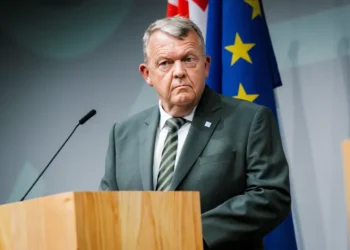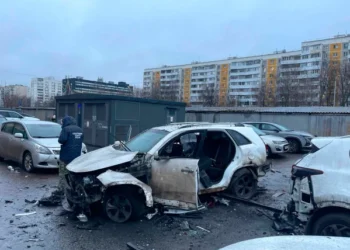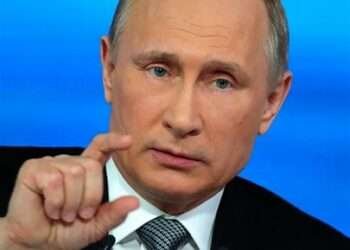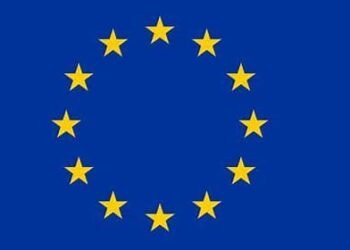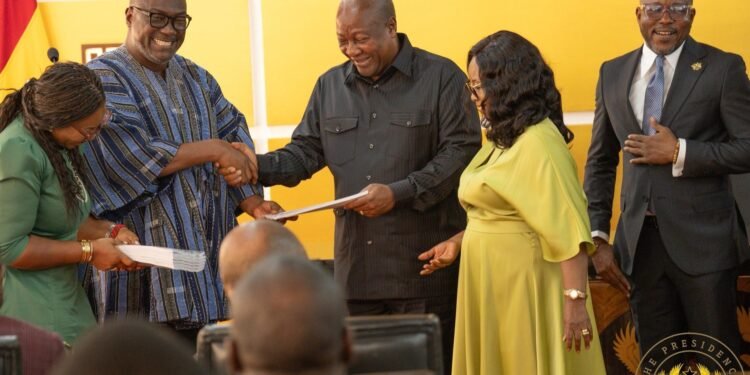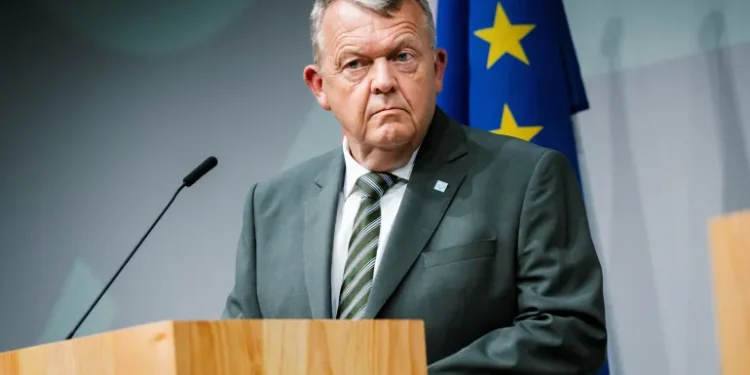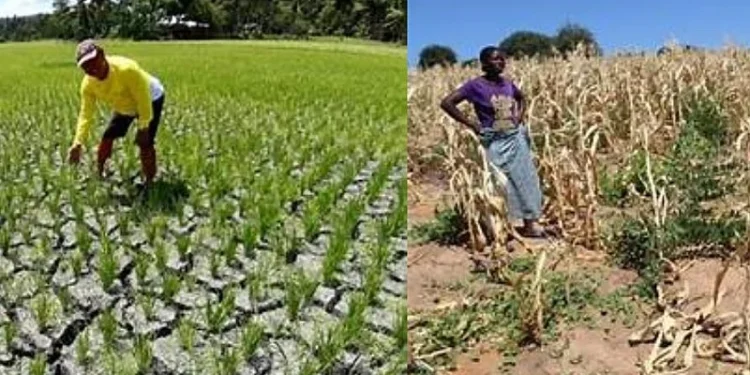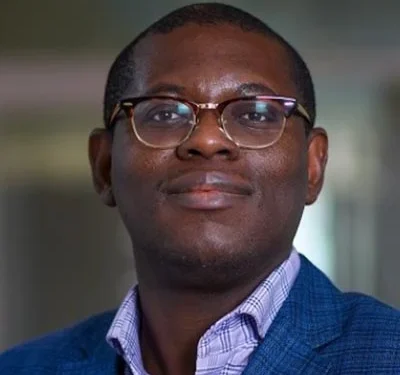Russia has restarted gas supplies to Europe through its biggest pipeline, Nord Stream 1, following a 10-day maintenance break.
Early on, there were fears that Moscow may not resume the flow in response to EU sanctions over the war in Ukraine. On Wednesday, July 20, 2022, the European Commission urged countries to cut gas use by 15% over the next seven months in case Russia switched off Europe’s supply.
Russia supplied Europe with 40% of its natural gas last year (2021). Germany was the continent’s largest importer in 2020, but reduced its dependence on Russian gas from 55% to 35%. Eventually, it wants to stop using gas from Russia altogether.
Russia’s President, Vladimir Putin, sought to play down fears, telling reporters that state gas firm, Gazprom, would fulfil all of its contractual obligations. The pipeline resumed operations early on Thursday, July 21, 2022, morning, but according to a spokesman, it is only delivering 40% of its capacity.
This is the same level it was operating at in mid-June 2022 when Gazprom cut gas flows blaming a delay in the return of equipment being serviced by Germany’s Siemens Energy.
State of Nord Stream 2 Gas Pipeline
Final approval of the Nord Stream 2 gas pipeline has been put on hold because of Russia’s actions in Ukraine, Germany said. The pipeline between Russia and Germany was completed last September 2021, but is not yet operating.
Nord Stream 2 is a 1,200km pipeline under the Baltic Sea, which will take gas from the Russian coast near St. Petersburg to Lubmin in Germany. It’s said the project cost €10bn (£8.4bn). The Russian state-owned energy giant, Gazprom put up half of the cost and Western energy firms such as Shell and ENGIE of France are paying the rest.
Nord Stream 2 runs parallel to an existing gas pipeline, Nord Stream 1, which has been working since 2011. Together, these two pipelines could deliver 110bn cubic metres of gas to Europe every year. That is over a quarter of all the gas that European Union countries use annually.
How has the Ukraine crisis affected Nord Stream 2’s future?
The pipeline does not yet have an operating licence, and Germany has now put this on hold.
It took the step after Russia formally recognised two breakaway regions in Eastern Ukraine, and sent troops there. German Chancellor, Olaf Scholz said “In light of the most recent developments we must reassess the situation in particular regarding Nord Stream 2”. US President, Joe Biden, prior to the start of the war, vowed to shut down Nord Stream 2 if Moscow invaded Ukraine, saying “I promise you we will be able to do it”.
Who is against Nord Stream 2?
The US and UK, along with Russia’s neighbours Poland and Ukraine, strongly oppose Nord Stream 2. They fear if it started operating, it would give Russia even more of a stranglehold over gas supplies to Europe.
Ukrainian President, Volodymyr Zelenskyy, called Nord Stream 2 “a dangerous political weapon”. UK Prime Minister, Boris Johnson, said Europe needs to “snip the drip feed into our bloodstream from Nord Stream”.
In 2006, Russia shut off gas supplies going through Ukraine because of a financial quarrel between the two countries. It caused acute energy shortages during winter in Central and Eastern Europe. There are fears Russia might stop gas supplies in the future for political reasons.
The US tried to block Nord Stream 2 before, by imposing sanctions on companies involved in the project. However, it only targeted Russian firms and not German ones, for fear of damaging diplomatic relations with Berlin.
READ ALSO: Ecobank Ghana Drags Index into Red




